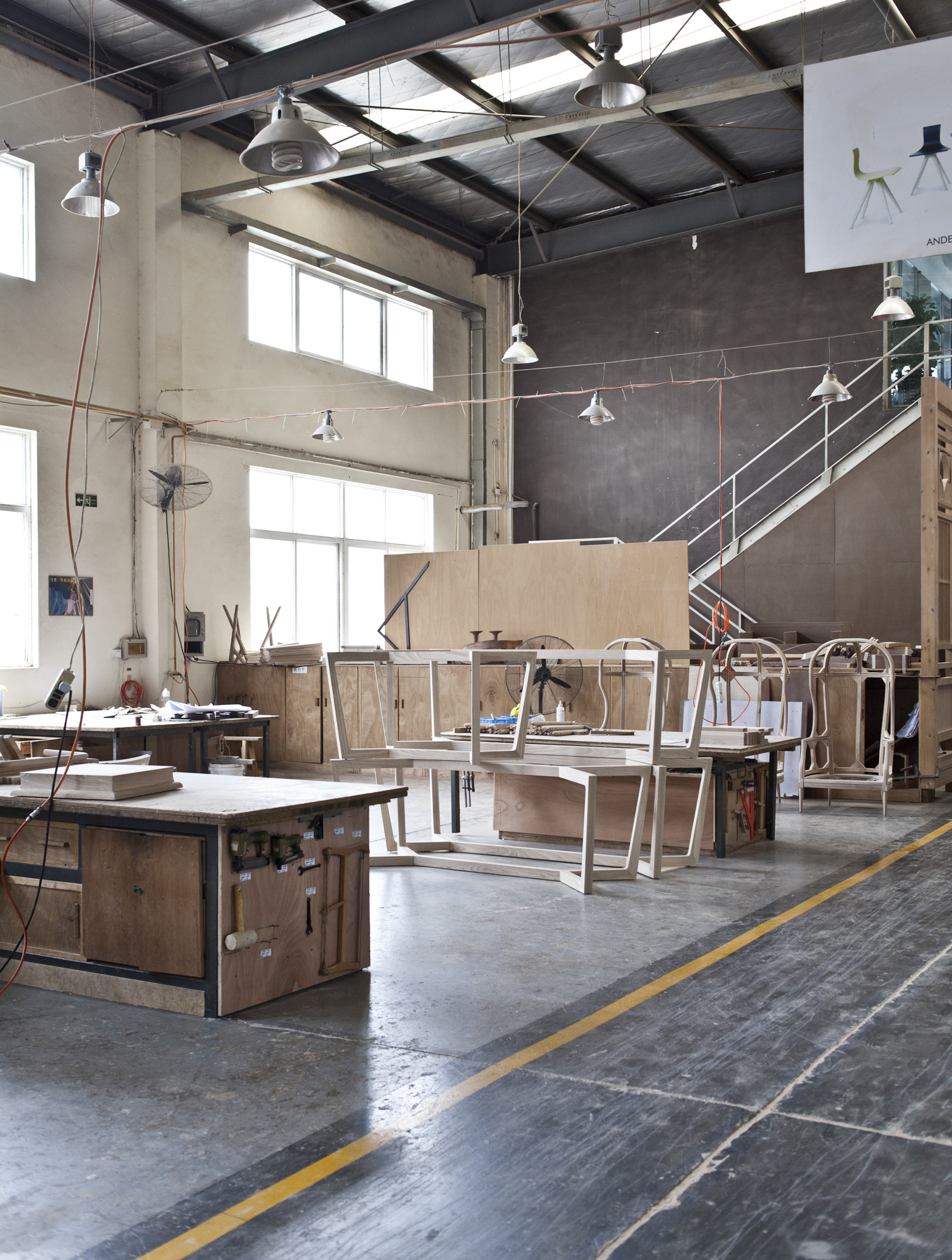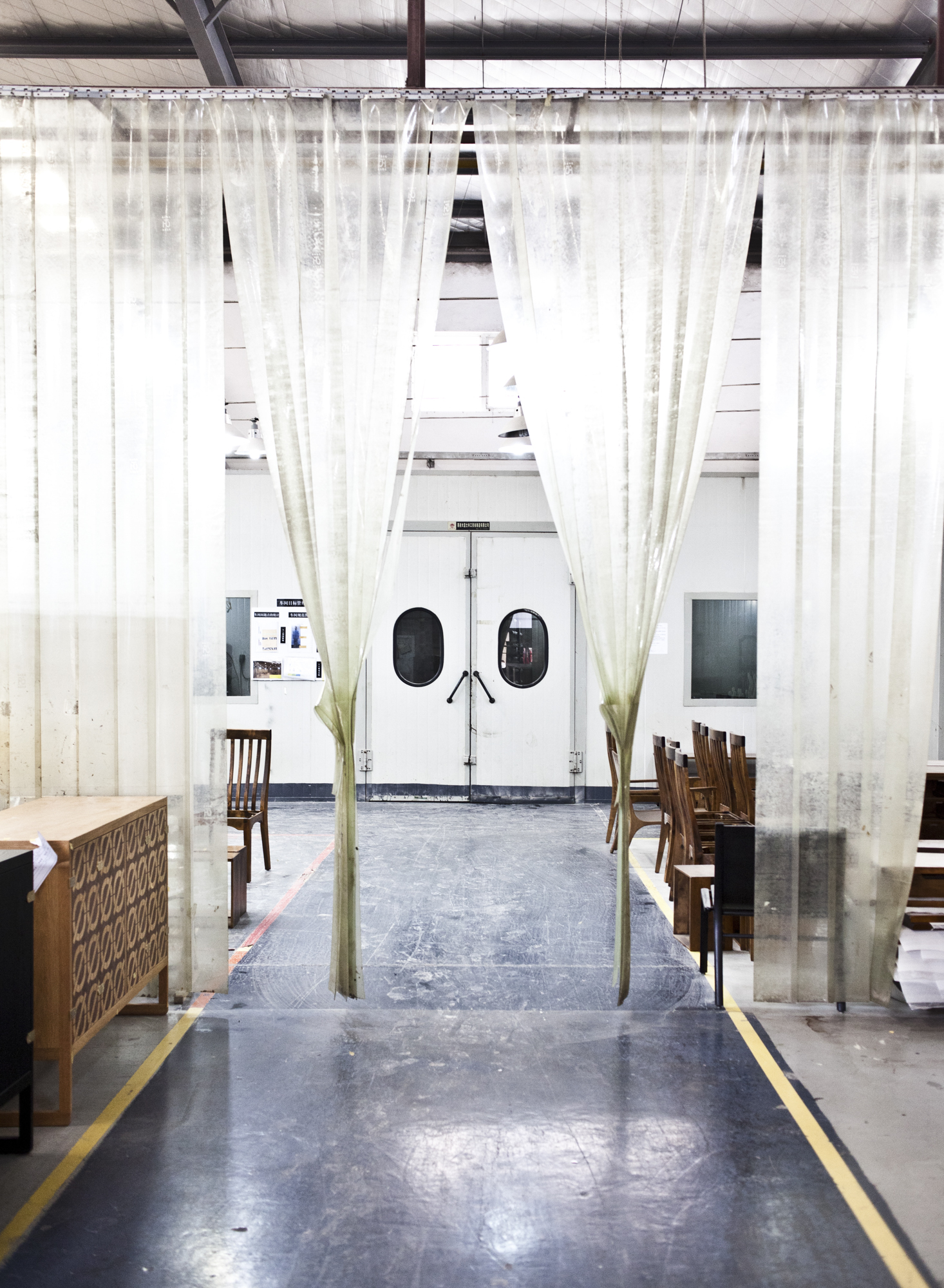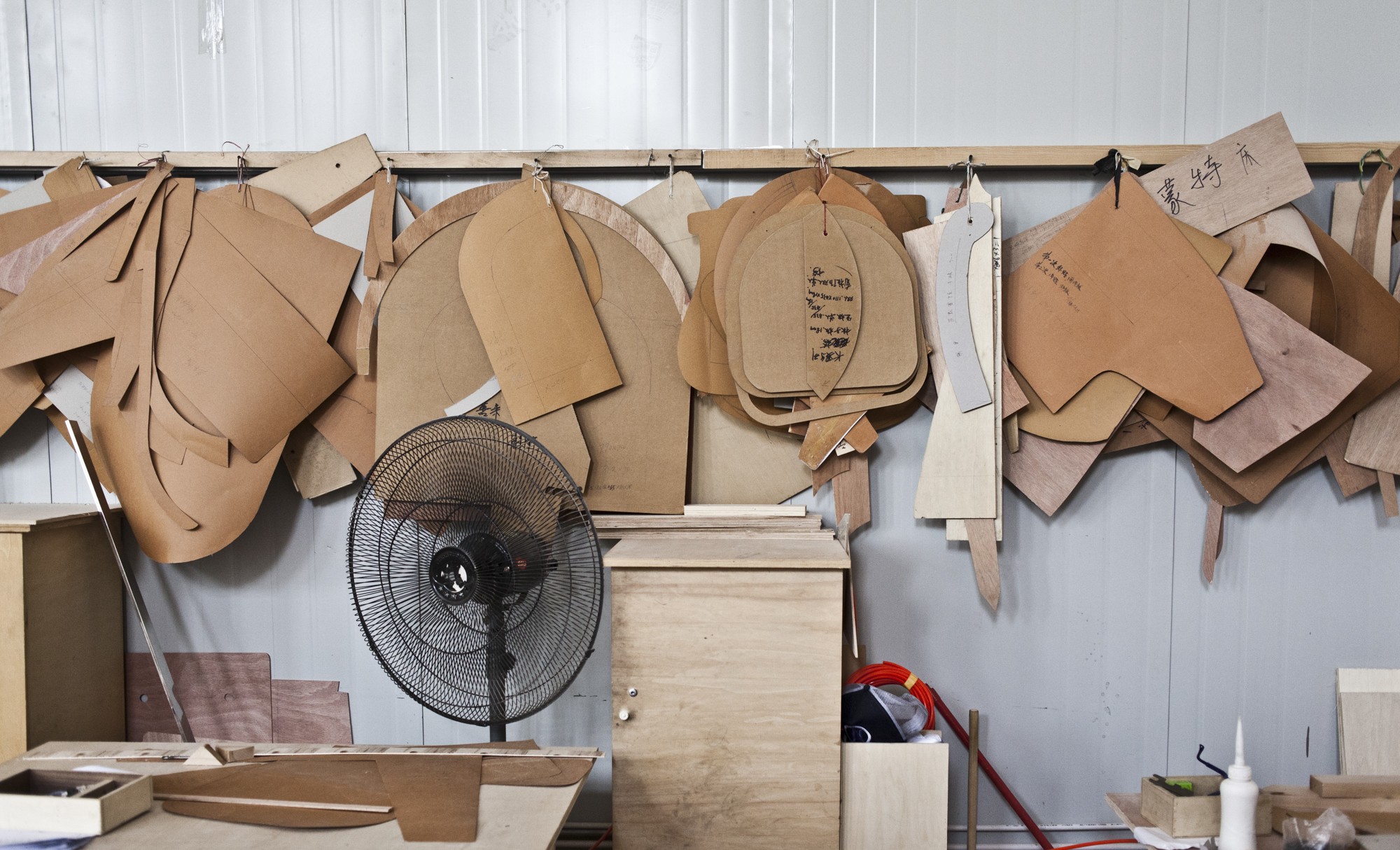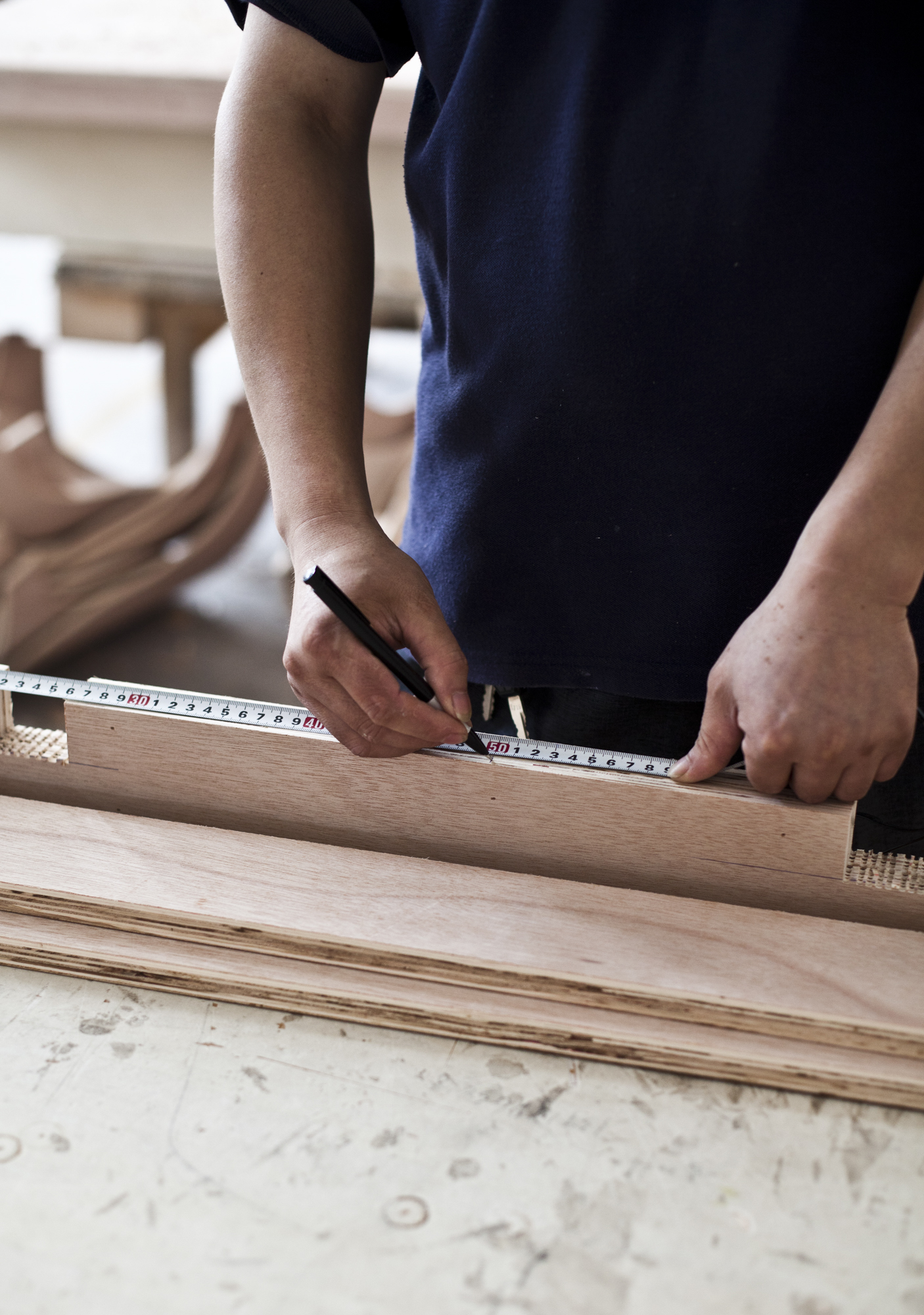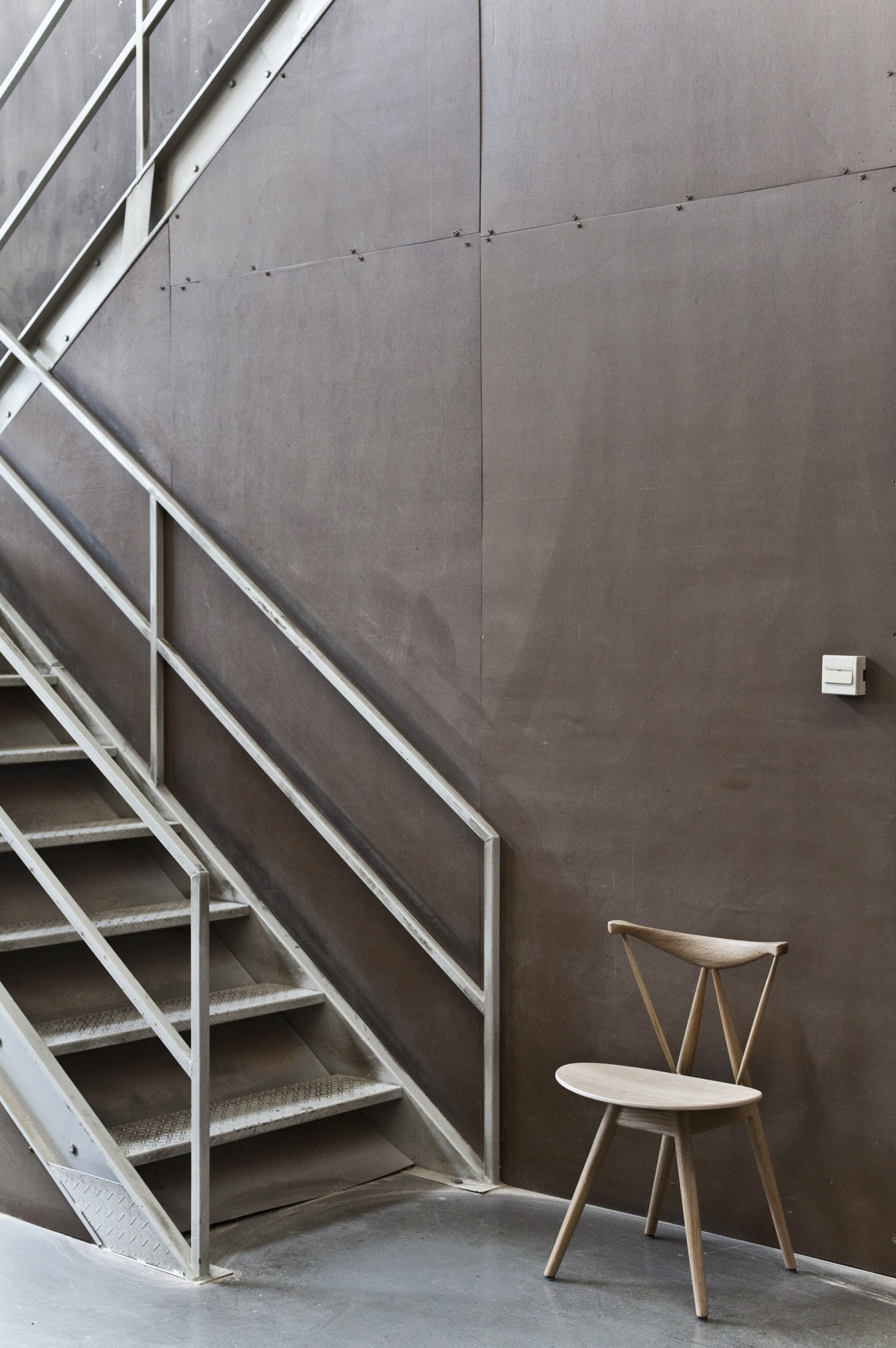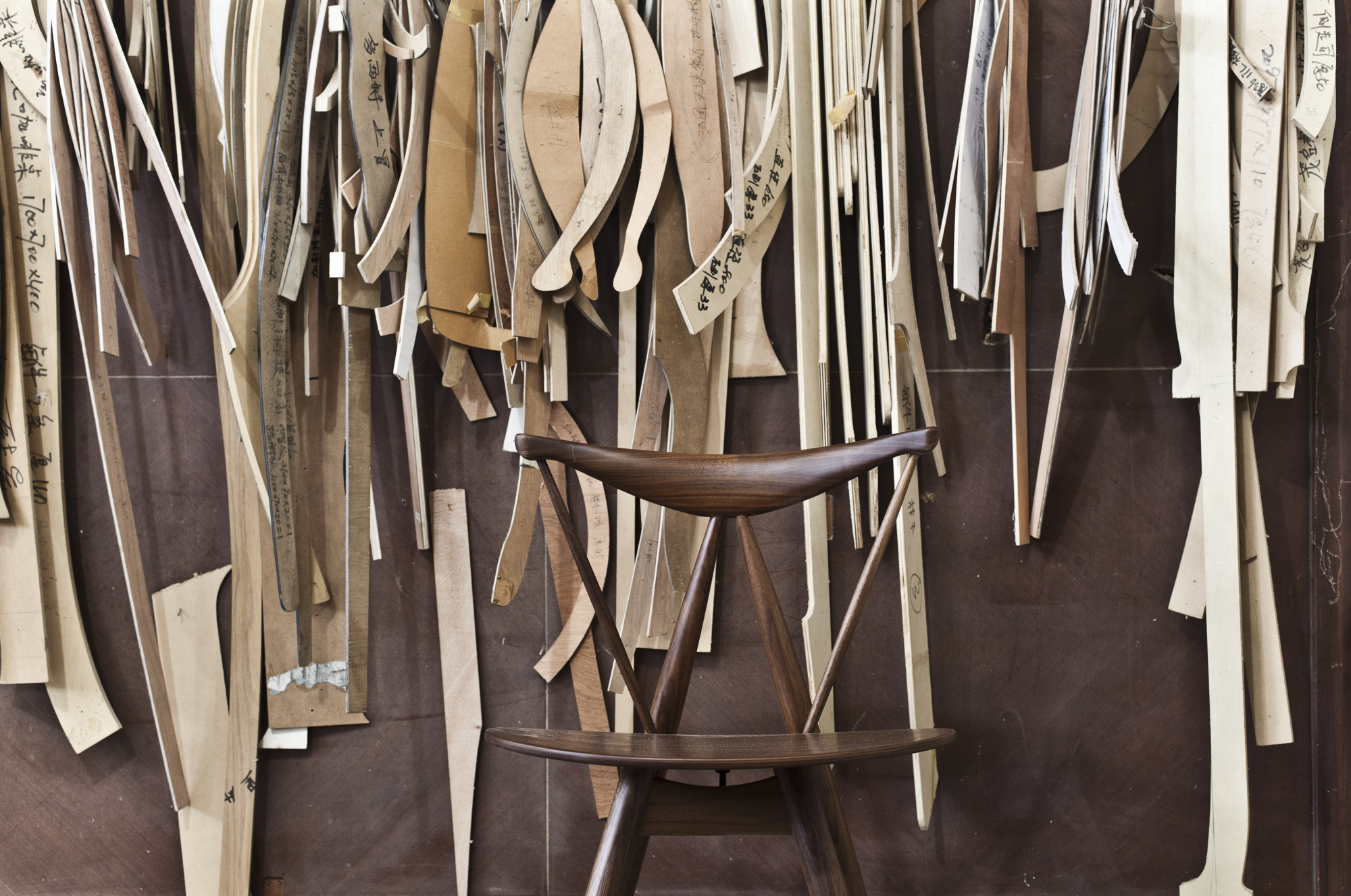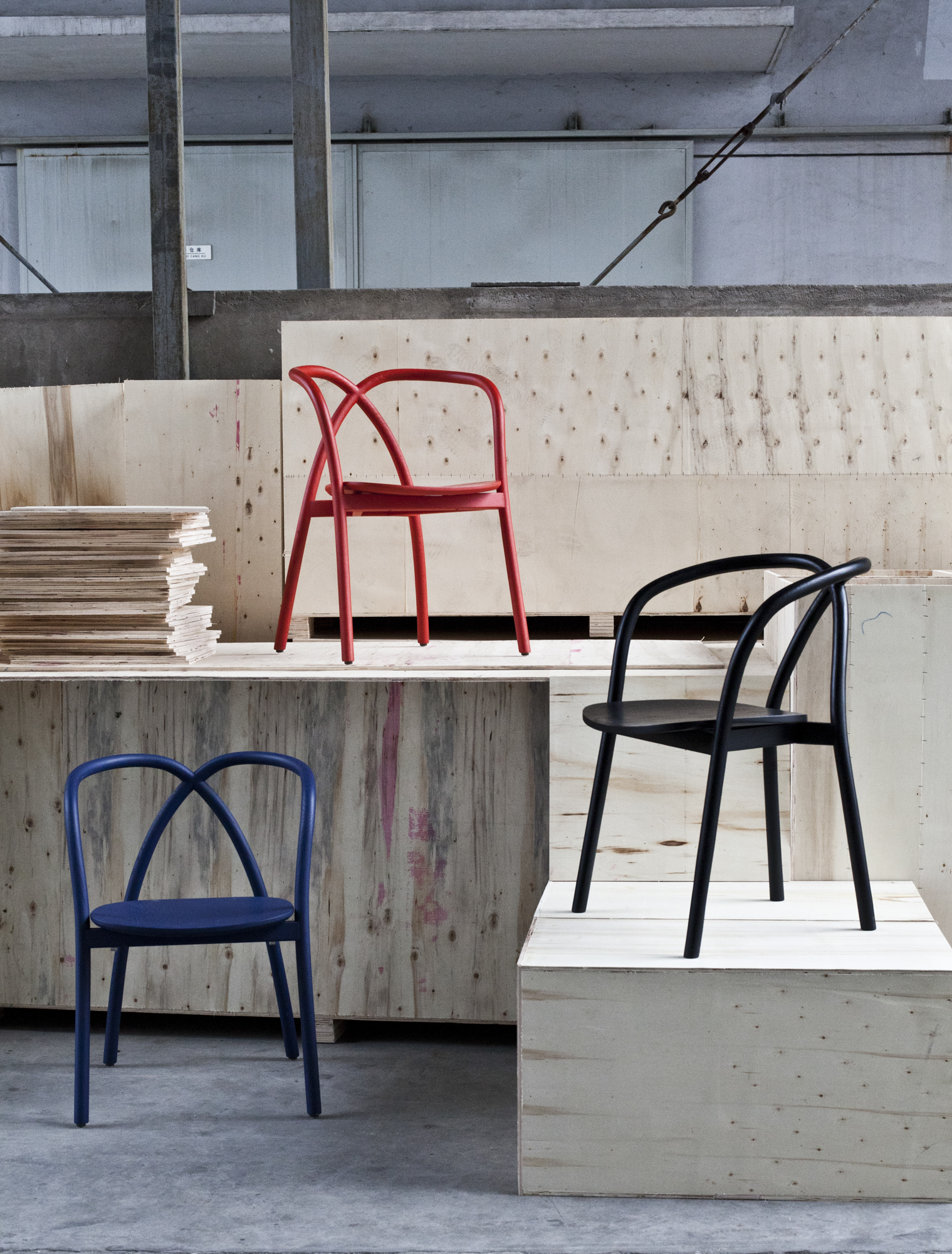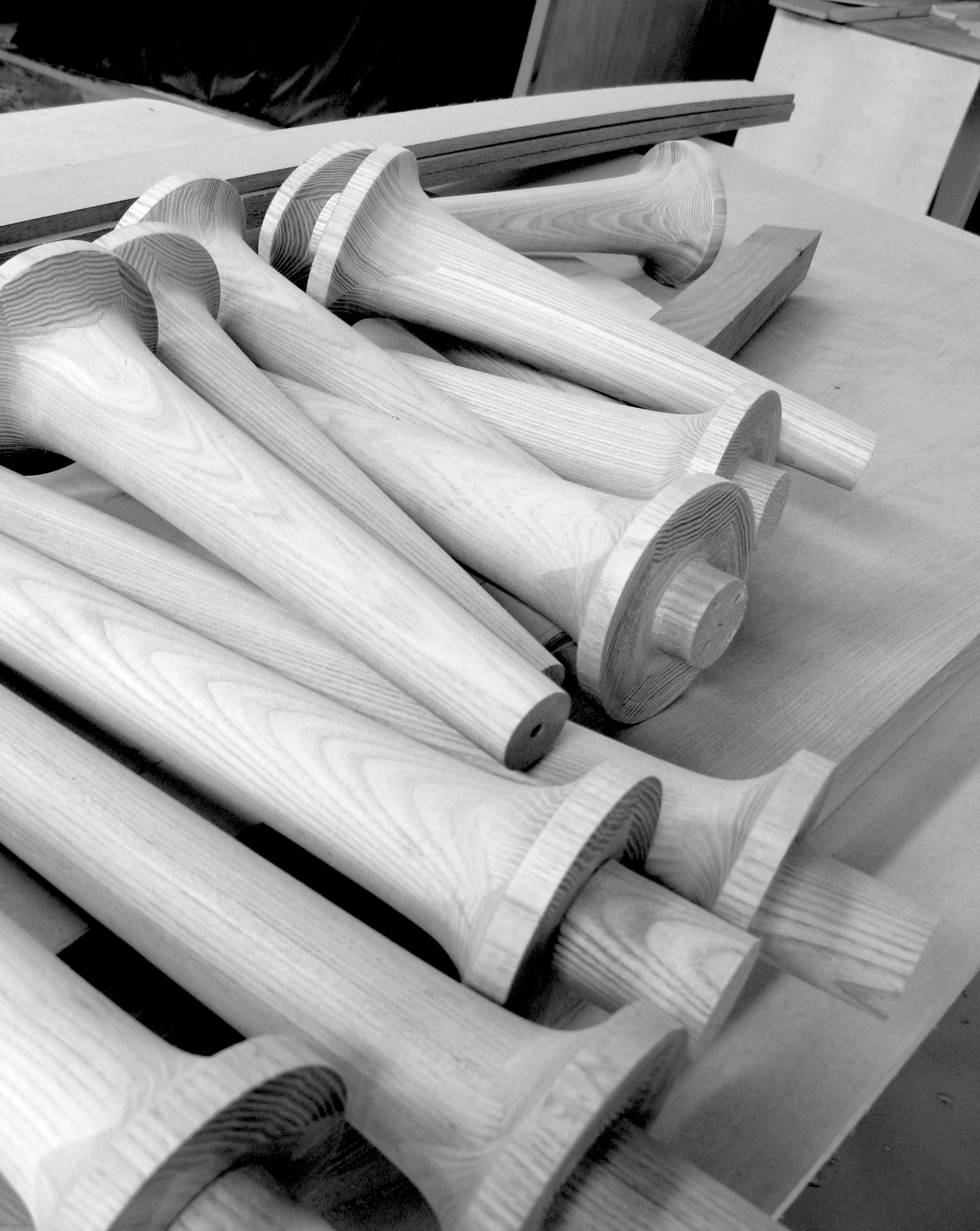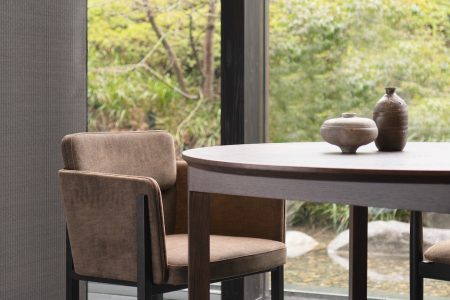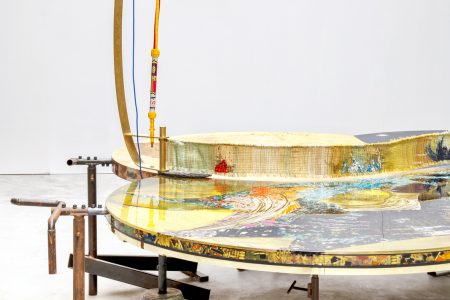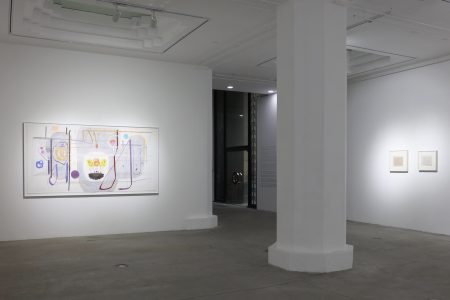
Daisuke Hironaka: A Look Inside Stellar Works
TLmag catches up with the COO of Stellar Works to learn more about the workshop environment that is at the heart of the Shanghai-based company.
Daisuke Hironaka, COO of Stellar Works, moved to Shanghai seven years ago to run and develop Stellar Works with Yuichiro Hori. Hironaka brings over twenty years of experience in the furniture industry, and for him, a core value of Stellar Works that sets the company apart is the emphasis on Chinese craftsmanship combined with the high-quality standards and technologies brought from Japan, along with the efficiency of the French production ‘toolbox’.“Laval Professional software is the primary tool used by our French partner, Laval, and it has allowed Stellar Works to develop an efficient production process that can model the methods from France and then manufacture larger volumes from Shanghai, and therefore to the world,” states Hironaka. Combining these smart technologies with craftsmanship has been the best way for Stellar Works to develop its own methodological ‘craft thinking’ as applied to the contemporary furniture industry. On Shanghai and the future of establishing a design furniture company Hironaka says,“the workshop is the heart of Stellar Works. It is people-driven and enriched by the vision of the international designers we partner with for our signature collections.”
TLmag: At Stellar Works, the workshop environment is first shaped around Japanese-based design, manufacturing processes, and management. To be more effective, all of the tools need to be very visible and the workshop should be welcoming and clean. Would you define this Japanese production mindset combined with the French and Chinese manufacturing culture which is also part of your DNA?
Daisuke Hironaka (DH): A good example of the Japanese style of management is in the upholstery division. There is a rule we apply whereby if a needle breaks while sewing, it is mandatory to post the bro-ken needle onto the board before you can replace it with a new one. This is practiced so as to avoid the needle being found in the piece of furniture later on. This rule obli-gates the craftsperson to be more focused and attentive and through this more height-ened approach to sewing, their skills will continue to develop to the highest levels. In addition, we add layers of the Chinese handcrafted skills, which are also very detailed and have been so for many gen-erations. In this way we obtain the best results. This is a great example of combing all three cultures in a unique way.
TLmag: As you have mentioned:“Being visible [in our workshop methods] allows us to reduce costs as the client will not pay for our lack of attention if time is wasted.” Are you always thinking that way as COO—pushing further your expectations of the craftsmen and highly skilled technicians? Is there a specific way you’d like them to behave knowing that you have also to manage French and Chinese employees?
DH: The whole factory constantly needs to strive to be more efficient, with less time wasted wherever we can. Combining all of the three nationalities is really what our competitive advantage is, much more than general factory efficiency.
TLmag: Shanghai is the place to be for international suppliers, where it’s easy to import and access materials from Asia and the rest of the world. You define it as a ‘one-stop-shop’ with a vast array of green materials. Can you please detail a bit more this context with the supply side and how it impacts the daily operations of Stellar Works?
DH: We can get any materials from around the world and we can obtain a green ma-terial certificate as well. It definitely gives us more choices to be based here, and we can fulfil many different types of require-ments for our clients because we have a large amount of resources here. We can provide whatever the clients wishes.
TLmag: How do you manage to combine a high level of craftsmanship to high technologi-cal developments? How do you harmonize the handmade and technological phases with bespoke and costly finishings, such as French traditional tongues or Japanese groove joints?
DH: We need high-tech machines to develop the different parts, but afterwards we need to move to the handmade for detailing in order to finish the product with a high quality of design. For example, we use a more involved joinery technique called mortise and tenon, which allows us to achieve beautiful and seamless shapes. However, this takes more time and skills. Our furniture’s value is found in both the handmade and high-tech.
TLmag: How do you differentiate Stellar Works from other global brands? Does the large wood variety which is imported from China, Russia, Canada, the United States, and France, such as American walnut or Chinese ash, act as one of the major sources for the brand’s high standards, as well as its current and future recognition on the global furniture and hospitality markets?
DH: The factory is run by international managers who we handpick from all around the globe. As such we can utilize their individual strengths and skills that come from each of their different back-grounds—mixing them and creating a unique blend of Italian, Japanese, etc., that differentiates Stellar Works as a design brand. In addition, Shanghai is a thriving metropolis and we can easily invite experienced, international professionals to join our team to continue our distinctive brand as it grows into the future.
This article is part of TLmag Special Edition Stellar Works: Asian Sensibility, Timeless Craft
